Back to top: Clay objects from unit J4
Introduction
This group of artifacts probably contains the largest variety of all the groups. It can also be considered a large group in term of quantity especially giving that clay is a perishable material that does not possess the same endurance of lithic. The corpus of clay artifacts from J4 contains almost 40 objects deriving from similar archaeological context that consists mainly of accumulation layers and is not related to domestic use or activities. The artifacts can be divided into the following categories.
Back to top: Clay objects from unit J4
Clay artifacts
A category that contains artifacts that cannot be identified due to their poor condition or the fact that they are fragmentary.
| Clay artifact |
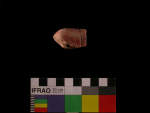 |
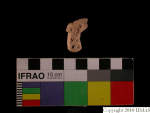 |
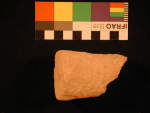 |
Back to top: Clay objects from unit J4
Clay wheels
Only three clay wheels have been found in J4. One is only a fragment and the other two are almost complete, and probably constituted a part of a chariot. The archaeological context does not help in attributing function to these objects as it consists of Mittani accumulation and mixed soil of baulk removal.
| Clay wheels |
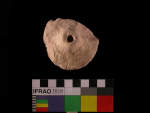 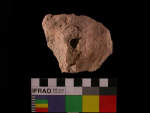 |
Back to top: Clay objects from unit J4
Chariots
two chariots have been found in J4. Both are not complete but are in a good condition nonetheless. The archaeological context does not suggest any function because it was identified as natural accumulation in a modern layer.
| Chariots |
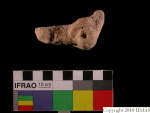 |
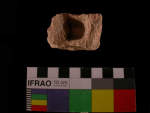 |
Back to top: Clay objects from unit J4
Loom weight
Only one has been found in J4. Only half is preserved and it was recovered from a Mittani accumulation layer.
| Loom weight |
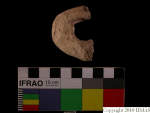 |
Back to top: Clay objects from unit J4
Token
Only one canonical token has been found in J4. It comes from a Mittani accumulation layer.
| Token |
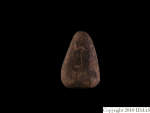 |
Back to top: Clay objects from unit J4
Kiln waste and clay lumps
Clay lumps are few in J4 and come mostly from Mittani layers of accumulations and brick melt. None have any signs of impressions.
As for the kiln wastes their number is also low and they are in a secondary context because they come from accumulation layers and brick fall layer where no kilns were found in association with the kiln waste.
| Kiln waste |
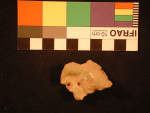 |
| Clay lumps |
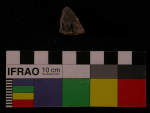 |
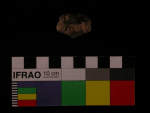 |
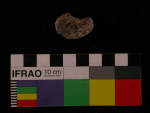 |
Back to top: Clay objects from unit J4